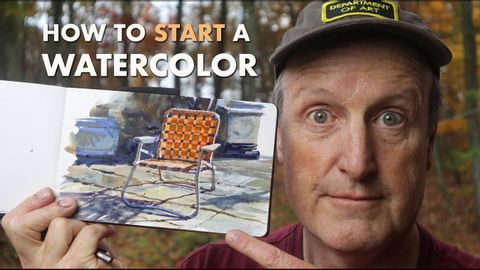如何創作水彩畫 (How to Start a Watercolor)
鈴木径夫 發佈於 2024 年 07 月 18 日  沒有此條件下的單字
沒有此條件下的單字US /pɚˈspɛktɪv/
・
UK /pə'spektɪv/
- n. (c./u.)透視;觀點,態度;觀點;恰當的比重
- v.t./i.伸展(肢體等);拉長
- n.伸展;一段路程、區域;物品連續排列;一段時間;階段
US /tɛkˈnik/
・
UK /tekˈni:k/
- n. (c./u.)技術;工藝;技能;(藝術)技巧
US /dɪˈskrɪpʃən/
・
UK /dɪˈskrɪpʃn/
